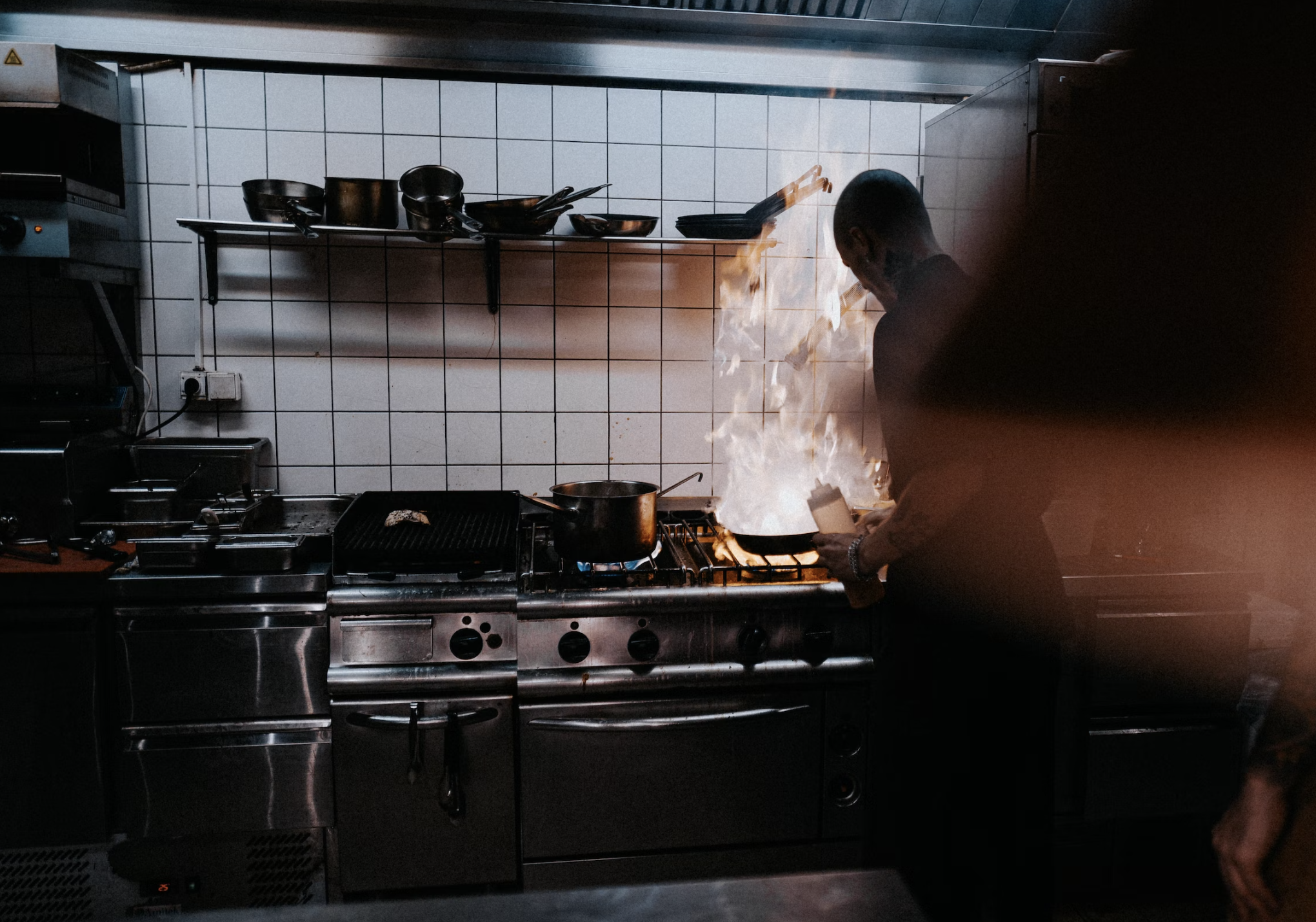This week a US Consumer Product Safety Commission rep told Bloomberg News they’d be considering new regulations for gas stoves in the United States. The appliances which use natural gas and propane in countertops and ovens, have been in the news since a December study said that about 12% of childhood asthma cases in the US are from gas stoves. That’s more than one in 10 kids getting sick from your appliance.
The rep later clarified on Twitter that regulations would only apply to new products and you could keep cooking on your old stoves: “To be clear, CPSC isn’t coming for anyone’s gas stoves.”
So, should you replace your gas stove?
There is research showing health and climate risks from gas stoves. Last year in December, a US study found that gas stoves are still releasing methane when they are off, and they can emit nitrogen oxides (NOx) at levels that are higher than those set by the US Environmental Protection Agency.
“Indoor gas stove use for cooking is associated with an increased risk of current asthma among children and is prevalent in 35% of households in the United States (US). The population-level implications of gas cooking are largely unrecognized,” the researchers wrote along with a summary that “We found that 12.7% of current childhood asthma in the US is attributable to gas stove use.”
NOx are the common pollutants found in cigarette smoke and car exhaust, and these can cause or seriously aggravate respiratory problems, especially in children. My daughter had a coughing attack brought on by incense burning in the Old City of Jerusalem, and in some countries, cooking with polluting gas inside the home is very common, like in Egypt.
In Israel where I live, most homes are using propane gas tanks for stovetop cooking. Ovens are often, but not always separate, and can run on electricity or gas.

Gas stoves are taking the heat thanks to a new US study. What’s next? Gas furnaces?
Let’s look to the US standards for guidance.
In addition to raising health concerns, methane and the carbon dioxide emitted from leaks and burning natural gas are both greenhouse gases that contribute to climate change. These can add up, since about 35% of households in the US cook with gas stoves. Rates in the US are similar in Europe, with about 30% of energy for cooking coming from gas. Consider, however, that unless your region is using solar or wind energy, your electricity-fed stoves aren’t exactly clean. The waste is just being produced somewhere else.
Critics point out that there are bigger battles to fight, in climate and human health. But in some developing nations stove emissions are a seriously health concern. It’s also worth looking at your stove if your kids suddenly have breathing issues, previously unexplained.
What can you do?
You can replace your gas stove to cut the climate and health harms from cooking. It can be an expensive thing to do but new policy in the US could make replacing gas-powered stoves significantly cheaper. Tax incentives in the Inflation Reduction Act could help cover replacement costs.
And if you are stuck with a gas stove in a rental unit or you can’t afford to buy a new one, you can help by opening the windows when cooking and ventilating the area. Chefs aren’t going to like this news, but all things must change. Even the owner of Noma in Denmark is moving on, saying the restaurant business as it is simply unsustainable.
Just venting – reader feedback
Environmental artist Pablo Solomon writes to us from Texas: “Actually rather than giving up gas stoves, we should be asking why so many kids have asthma? How much is tied to the environment, to diet, to nerves, etc. Have we become so weak?
“Gas stoves if properly vented/filtered should not pose a health issue. As one who grew up in family restaurants, you just cannot beat a gas stove. My mother had a Chambers with an oven, grill, griddle, burners and a 3 pot section to cook soups and chili. As did my aunt who was considered the best Lebanese cook in the USA (by magazines ).
However, [we have] an antique cast iron stove converted to an electric stove (made in Canada ). And in our 1856 historic home, the cast iron stove looks great. Luckily the replacement coils and things are standard. However, it is so heavy it must be repaired in place. And electric heat of any kind is expensive and a strain on the grid/storage capacity- see how long a Tesla home battery will last cooking a brisket? Thankfully we are on a hydro electric coop.”




